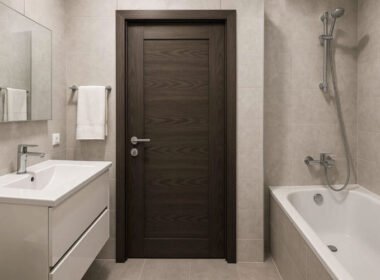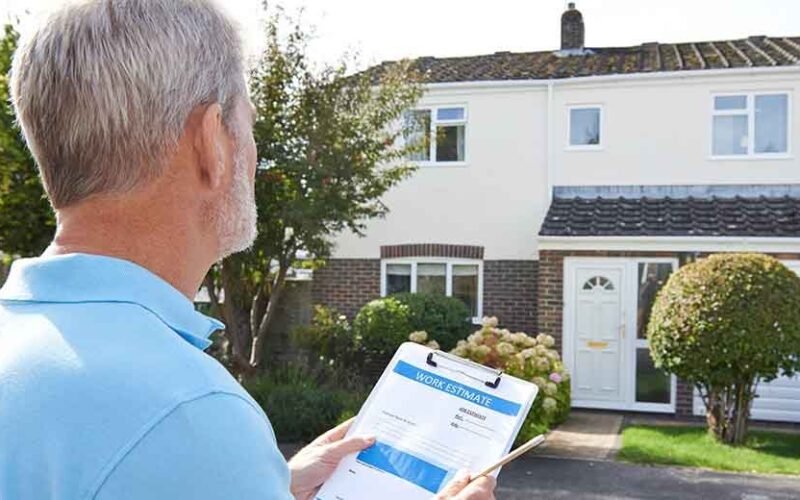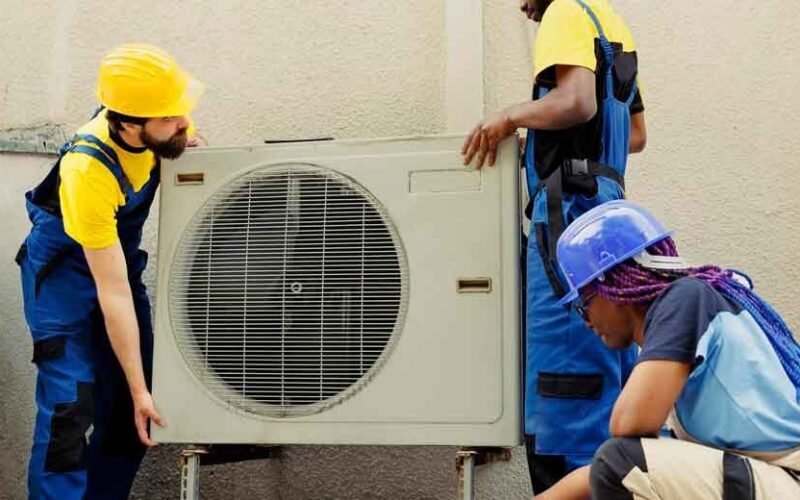Selling a home is more than curb appeal and fresh paint—it’s about giving potential buyers confidence in the property’s overall condition. The HVAC system is one area often overlooked in the rush to prepare for showings and open houses. Heating and cooling equipment is a core part of the home’s infrastructure, and any hint of neglect or malfunction can cause buyers to hesitate or negotiate a lower price. A thorough inspection of the HVAC system before listing can uncover issues that might otherwise derail a sale. It can also help reassure buyers that the home is well-maintained, energy-efficient, and ready for immediate use. Taking the time to assess this system allows sellers to make minor repairs before they become major problems during negotiations. Ensuring reliable climate control is practical—it can make a measurable difference in how quickly and confidently a home sells.
How does a pre-listing HVAC check build buyer trust?
- Telltale HVAC Issues Buyers Will Notice Immediately
Most prospective buyers note how comfortable a home feels when they walk through the door. If the temperature is inconsistent, air feels stuffy, or strange noises come from vents, they will likely assume the HVAC system is aging or unreliable. These issues, even if temporary or minor, create a negative impression that sticks. Musty smells could signal mold or mildew in the ductwork. Cold or hot spots in certain rooms often result from duct imbalances or a failing thermostat. Buyers may request a repair allowance or delay closing to perform their inspections. An experienced HVAC contractor from https://www.veteransheatingandcooling.com/ can assess airflow, inspect filters, and check thermostat calibration to catch issues early and offer affordable solutions before they affect a buyer’s perception. Addressing performance problems proactively ensures the system contributes to the home’s appeal instead of becoming a bargaining chip for price reductions or credits at closing.
- Energy Bills and System Age Raise Red Flags
Buyers often ask for the past year’s utility bills to understand ongoing costs. If the energy bills are unusually high, they may suspect an inefficient HVAC system is to blame. Older systems, particularly those over 15 years old, tend to run longer to achieve the same output as newer models. This not only increases energy use but also puts added wear on components. Sellers should consider the system’s age when deciding whether to schedule an inspection. An inspection might not necessarily lead to replacement but can identify areas where upgrades or repairs could lower operating costs and improve system function. Sometimes simple adjustments, like sealing ducts or replacing filters, can result in noticeable energy savings. Providing potential buyers with recent inspection reports and repair receipts builds trust and demonstrates responsible maintenance, even if the system isn’t new. This transparency can speed up the selling process and reduce buyer concerns.
- Unusual Noises, Odors, or Frequent Cycling
While many sellers may grow accustomed to their HVAC system’s noises or quirks, buyers walking into the home for the first time will notice them right away. Rattling, buzzing, or clanking sounds during heating or cooling cycles suggest that internal parts may be loose or worn. Foul or burnt smells from vents could point to dust buildup, electrical problems, or mold in the ductwork. Short-cycling—when the system turns on and off too frequently—signals a lack of efficiency or faulty components. Any of these signs can be off-putting to buyers and may raise questions about the home’s overall condition. A professional inspection will determine whether these issues are minor or indicative of larger problems. Simple servicing like lubrication, duct cleaning, or thermostat recalibration can often fix the issue. Addressing these items before listing helps maintain a calm, quiet, and comfortable environment during showings, encouraging potential buyers to envision themselves living in the space.
- Inconsistent Airflow or Thermostat Problems
Temperature inconsistencies between rooms are another common concern that can signal the need for an HVAC inspection. If one room is much colder or hotter than the rest of the house, buyers might question the system’s ability to provide comfort throughout the home. This is especially true in multi-story homes, where temperature differentials can become more pronounced. Sometimes, the issue may lie in the thermostat’s placement or programming. Faulty sensors, outdated controls, or poor zoning can all reduce comfort and efficiency. Buyers are increasingly interested in homes with smart thermostats or climate zoning features, and identifying these gaps early can help sellers prepare accordingly. An HVAC inspection can identify airflow blockages, undersized ducts, or even the need for balancing dampers. Taking these steps shows buyers that the system is tuned for modern expectations, adding value and appeal during sales.
- Lack of Maintenance Records or Recent Servicing
Buyers may ask about the last time the HVAC system was serviced; vague answers rarely inspire confidence. A complete lack of records can be just as concerning as a system in poor condition. Regular maintenance is key to the longevity and performance of heating and cooling equipment. Without proof of inspections, filter replacements, or seasonal tune-ups, buyers might assume the worst and budget for future repairs. A professional inspection before listing gives sellers updated documentation to show the system’s current state. Even if minor issues are found, addressing them immediately helps avoid surprises during the buyer’s home inspection. Clean records also give buyers one less thing to worry about in a complex transaction. They can focus on enjoying the home instead of budgeting for immediate HVAC work. A documented inspection, combined with a fresh filter and serviced components, gives the impression of a well-maintained and move-in-ready property.
- Why Inspections Protect Both Sellers and Buyers
A pre-listing HVAC inspection isn’t just about smoothing out potential sales hurdles—it’s also a way to safeguard the interests of both the seller and the buyer. For the seller, it identifies small problems before they evolve into larger ones during the buyer’s due diligence phase. This helps avoid repair credits, delays, or re-negotiations that can complicate the deal. For buyers, it offers reassurance that the system is functional and not a hidden expense waiting to happen. It also helps appraisers and inspectors validate the property’s condition with supporting documentation. HVAC inspections are relatively inexpensive when compared to the cost of last-minute repairs or replacement negotiations. More importantly, they give all parties confidence in the system’s condition, which helps foster a smoother, more transparent transaction. This extra step reflects well on the seller and increases the odds of a faster and more favorable outcome at closing.










